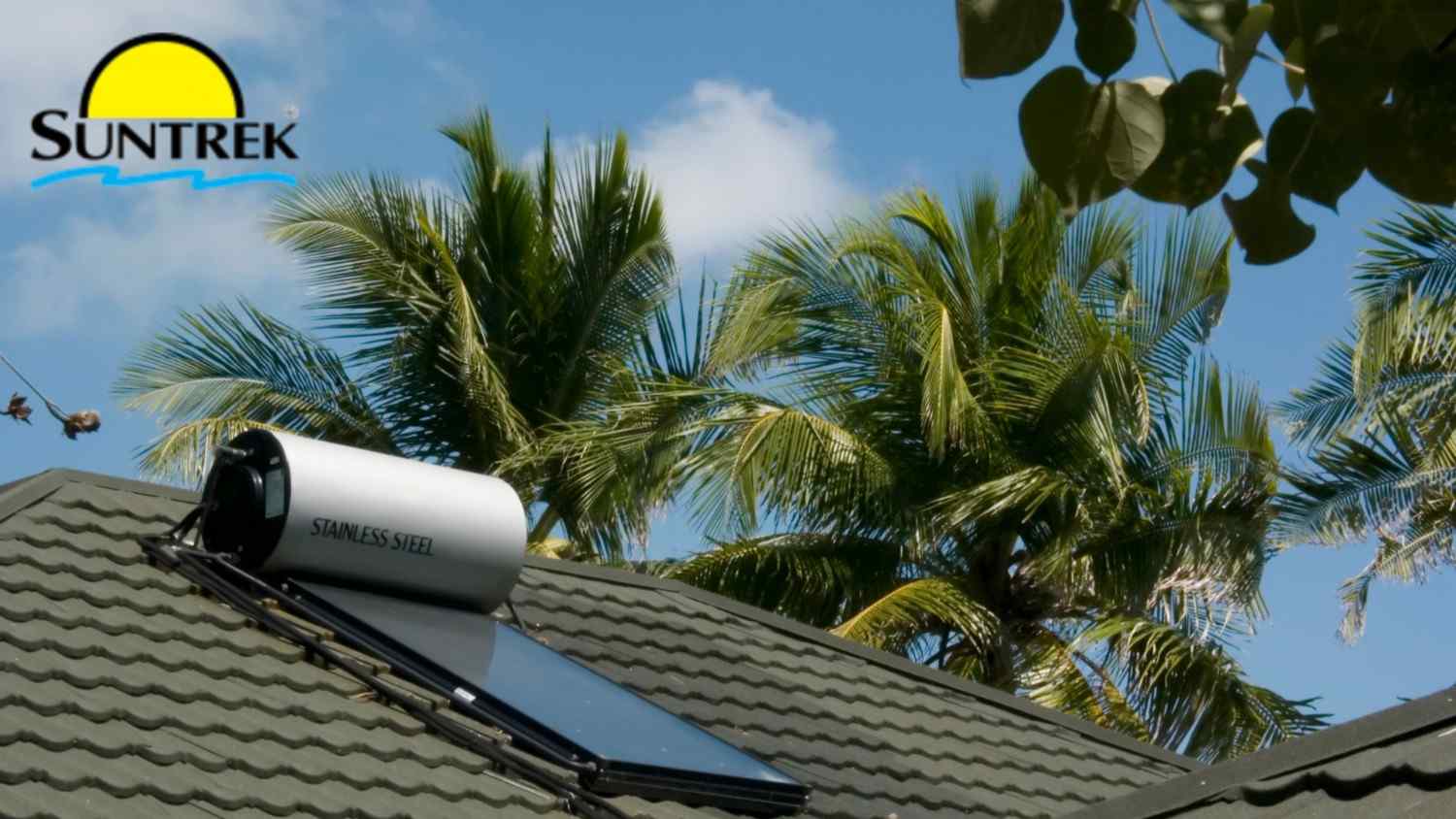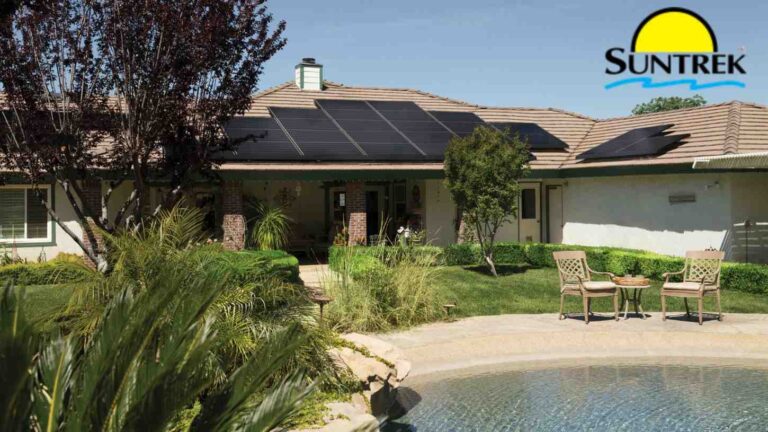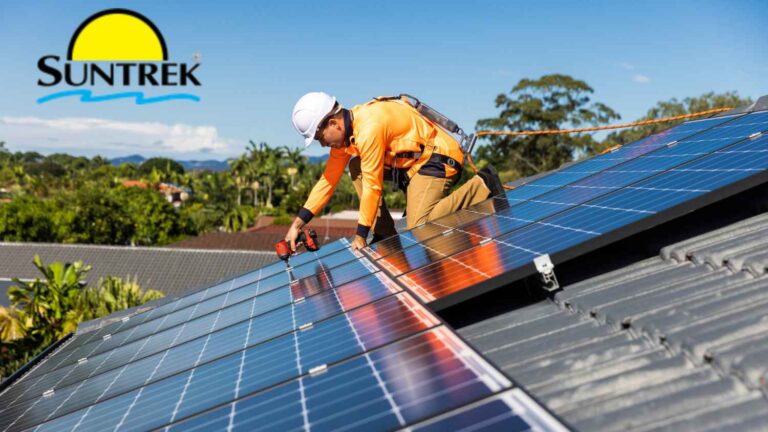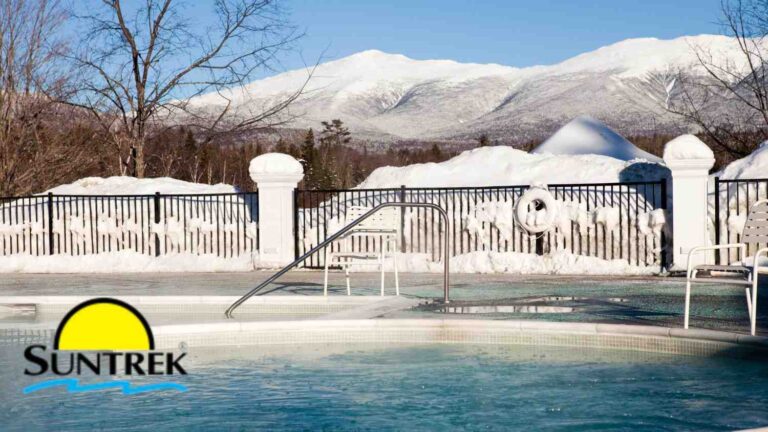
Adding a solar pool heater can be a game-changer for your backyard pool, but the technical jargon can be confusing. You’ve probably seen terms like “SRCC certified,” “thermal efficiency,” or “incident angle modifier.” While these ratings provide some guidance, they don’t tell the whole story.
The real question is: how do these systems perform in your specific situation, and what factors truly extend your swim season? This blog breaks down the ratings, explains their limitations, and focuses on what actually impacts your pool’s warmth.
Types of Solar Pool Heating Panels
Choosing the right panel design is the foundation of a reliable solar pool heater. Not all panels perform the same under different conditions, and understanding the distinctions will help you match the system to your climate, budget, and long-term goals. Below are the most common types of panels you’ll encounter:
Non-Glazed Panels (Traditional Rubber Mat or Tubular)
These are the most widely used panels for residential pools, especially in warmer regions. They’re built from flexible rubber or plastic tubing and are designed to maximize surface area for heat absorption.
- Strengths: Non-glazed panels are affordable and deliver excellent performance in warm climates where the air temperature is consistently high. In fact, they can sometimes outperform more advanced glazed panels in those conditions.
- Limitations: Because they’re softer and less rigid, they typically require more roof space. They’re also more vulnerable in windy areas, where heat loss can reduce efficiency. Leaves, dirt, and other debris can also get trapped more easily in their structure.
Rigid Panels (Thermax)
Rigid panels represent the next step in design and durability. Made from tougher materials and engineered with efficiency in mind, they’re built for long-term performance and resilience.
- Strengths: These panels require less roof space to deliver the same output as non-glazed options, making them ideal where space is limited. They also consume less pump energy, which reduces operating costs over time. Many come with extended warranties, offering peace of mind for decades.
- Limitations: The upfront cost is higher than traditional panels, and some systems require occasional winter flushing to prevent buildup or damage in colder climates.
Vacuum Tubes
While vacuum tubes are known for their efficiency in high-temperature applications, such as domestic hot water or industrial heating, they’re generally a poor fit for pools.
- Strengths: Excellent for producing very hot water in colder environments, with strong insulation that reduces heat loss.
- Limitations: Pool water doesn’t need to reach high temperatures, and vacuum tubes don’t perform as efficiently in this moderate range. That makes them less effective—and less cost-justifiable—for outdoor pool heating.
Factors for Performance Comparison
When evaluating panel options, it’s not just about the technology, it’s about how well each system aligns with your pool’s needs and your property setup. The following factors are key to making a smart choice:
- Durability & Warranty: Panel lifespan varies greatly. Non-glazed rubber panels typically come with warranties of 10–15 years, while rigid designs like Thermax can last 30–35 years, making them a stronger long-term investment.
- Cost: Non-glazed panels are the most budget-friendly to install, but their shorter lifespan and larger space requirements may reduce long-term value. Rigid panels, while costlier upfront, often pay off over decades through durability and energy savings.
- Heat Output: Non-glazed panels excel in producing steady heat when only a small temperature rise is needed, such as in warm climates. Rigid panels are more efficient when higher, consistent output is necessary.
- Environmental Impact: All solar pool heating options provide a clean, renewable alternative to fossil-fuel systems like gas heaters. By relying on the sun’s free energy, they deliver very low operating costs and reduce carbon emissions.
- Roof Space: Because they’re less efficient per square foot, non-glazed panels often need significantly more roof area to match the performance of rigid panels. Homeowners with limited roof space may benefit more from rigid options.
Who Tests Solar Pool Heating Panels?
In the United States, solar pool heating panels are tested under the OG-100 program by the Solar Rating & Certification Corporation (SRCC), now part of IAPMO. Accredited labs such as the Florida Solar Energy Center (FSEC) follow ISO standards to ensure consistent results.
These tests measure:
- Thermal efficiency – This measures how well a panel converts direct sunlight into usable heat for your pool. Higher efficiency means more warmth with less collector area, though in practice, proper system sizing matters more than minor differences in rating.
- Performance at different sun angles – Since the sun’s position changes throughout the day and across seasons, panels are tested to see how well they capture energy when sunlight isn’t hitting them directly. Strong performance at varied angles ensures steadier heating outside of midday peaks.
- Heat loss from wind – Wind can pull heat away from collectors before it transfers into the water. Testing accounts for how panels perform in breezy conditions, since systems in open or coastal areas are more exposed to these losses.
- Durability under UV exposure, pressure, freeze, and heat – Panels must withstand years of sun exposure, water pressure, temperature swings, and even freeze conditions without cracking, leaking, or degrading. These stress tests confirm long-term reliability.
- Output at varying flow rates – Water flow affects how efficiently heat transfers through collectors. Testing checks performance across different flow speeds, ensuring panels deliver consistent heating regardless of plumbing setups.
The Limitations of SRCC Ratings
SRCC ratings provide controlled, lab-based results that may not match backyard conditions. They assume optimal flow rates, consistent sunlight, and perfect installation angles, conditions that rarely exist in everyday use. Relying solely on these ratings can lead to oversizing or undersizing a system, which affects actual pool performance.
| What It Does Well | What It Misses |
| Objectively compares certified panels | Panels are tested at different flow rates |
| Shows theoretical peak efficiency | Data is based on rarely encountered temperature conditions |
| Ensures product safety and durability
|
Doesn’t reflect how the system will actually be used |
In Real Life: Your Pool Doesn’t Need to Boil
Most pools only need to reach around 86°F to be comfortably warm. Solar pool heating systems typically operate when air temperatures are between 70–80°F, creating a ΔT (temperature difference) of about 10–20°F.
Focusing on this real-world ΔT is more practical than comparing lab efficiency percentages. Your pool doesn’t need to reach extreme temperatures; it just needs to maintain a comfortable range for swimming.
Real-World Comparison at ΔT = 10°F and 20°F
At a modest ΔT of 10–20°F, performance differences between top-rated panels become minimal. In other words, a high-rated panel won’t outperform a slightly lower-rated model if your system isn’t sized or installed correctly. This reinforces that practical design choices are more important than chasing ratings.
| Collector | Efficiency @ 10°F | ΔTEfficiency @ 20°F ΔT |
| Aquatherm (Ecosunor Ultraswim) | 85.8%
|
78.4%
|
| Suntrek ST | 84.2% | 73.6% |
| Magen (Heliocolor Sunstar) | 84.2% | 73.6% |
| Suntrek CUSTOM | 79.5% | 68.1% |
| Magen (Ecospark) | 75.9% | 71.0% |
| Hot Sun Industries(Powerstrip) | 75.5% | 67.7% |
| Technosolis (Swimmaster) | 70.1% | 61.1% |
What Actually Makes a Difference?
If you want consistent warmth and an extended swim season, focus on these three factors:
- System Size
Installing enough panel surface area is crucial. Larger systems collect more heat, while undersized panels underperform even if they have higher efficiency ratings. - Programming and Flow Rate
Your controller should optimize operation during peak sunlight hours, and your plumbing should match the panel type. Properly adjusted flow ensures your panels operate at maximum effectiveness. - Heat Retention
How you maintain heat after it’s collected matters. A pool cover or solar blanket drastically reduces overnight heat loss, maximizing what your panels can deliver.
A system that is properly sized, correctly programmed, and paired with heat retention strategies will outperform a technically superior system that is poorly installed.
Bonus Tip: Use a Pool Cover
Even the most efficient solar pool heater will struggle if your pool loses heat overnight. A solar blanket or pool cover retains warmth, especially during cooler months. Using one can extend your swim season by weeks and improve energy efficiency without adding panels.
How Fast Will a Solar Cover Heat Up a Pool?
A solar cover acts like a blanket for your pool, trapping the sun’s energy during the day and reducing heat loss at night. The speed at which it warms your water depends on pool size, sunlight exposure, and overall system efficiency. In smaller pools of about 10,000 gallons, you can often see a 10–15°F temperature increase within just 1–2 days when conditions are sunny and the cover is used consistently.
For larger pools, closer to 20,000 gallons, the same temperature rise may take 2–4 days under similar conditions. Using a cover not only speeds up heating but also helps you maintain that warmth for longer, making it a simple yet powerful companion to any solar pool heating system.
Bottom Line
While lab ratings are useful, they don’t tell the full story. Here’s what matters most:
- Number of panels installed
- System programming and flow optimization
- Retaining the heat collected
All SRCC-certified panels are reliable and durable, so your focus should be on sizing and system design rather than chasing the “highest-rated” panel. Partnering with a solar company that understands real-world performance, like Suntrek, ensures your system delivers consistently warm water for years to come.
If you want a pool that stays warm reliably, contact Suntrek for a free solar pool heating consultation. Our team can help you design a system optimized for your roof, pool size, and local climate—turning ratings into results you can actually enjoy.



